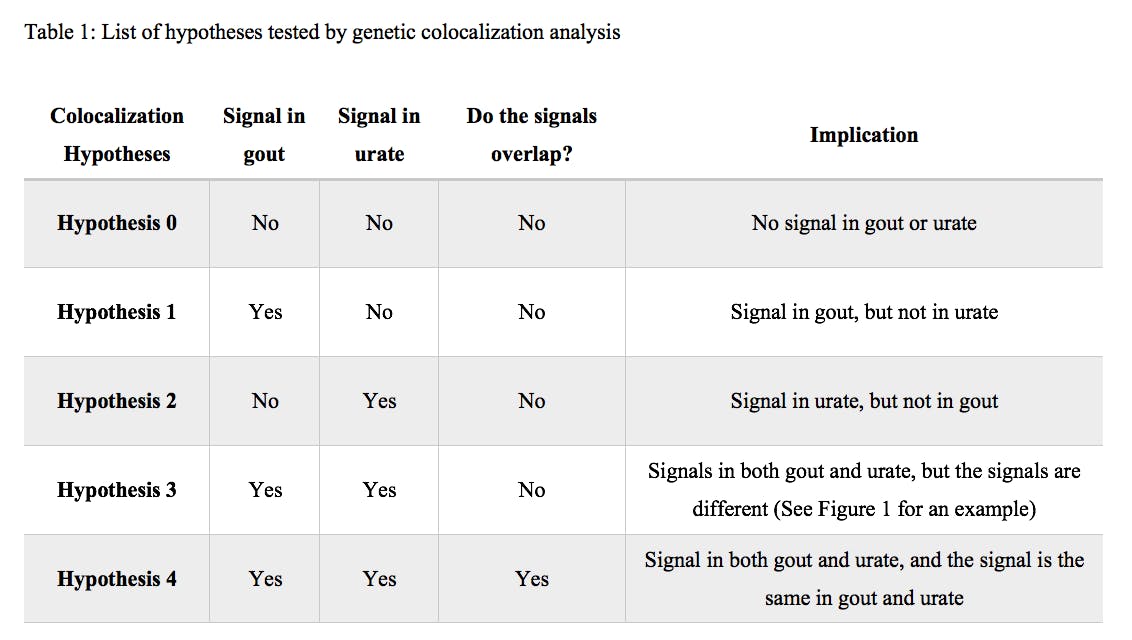“Gout remission” after 1-year of intensive urate-lowering with pegloticase
Yael Klionsky (1), Karina D Torralba (2), Katie Obermeyer (3), Lissa Padnick-Silver (3), Brian LaMoreaux (3), Gordon Lam (4)
Affiliation(s):
1. Wake Forest University School of Medicine, Winston-Salem, North Carolina, USA
2. Loma Linda University School of Medicine, Loma Linda, California, USA
3. Amgen, Inc., Deerfield, Illinois, USA
4. Arthritis & Osteoporosis Consultants of the Carolinas, Charlotte, North Carolina, USA
Introduction: As the systemic consequences of gout, particularly gout flares, become more apparent,1-7 the concept of treating gout to remission becomes more important for improving patient care and preserving patient health. Gout also has a large impact on patient quality of life (QOL) and understanding how patients benefit from treatment of this painful, debilitating disease is of equal importance. Gout remission has been previously defined as meeting all of the following criteria: serum urate level (SU) <6 mg/dL, absence of acute gout flare, absence of tophi, minimal gout-related pain (<2 on a 10-point scale), and minimal gout-related quality of life (QOL) impact (patient global assessment of gout [GA]<2 on a 10-point scale) over a 12-month period.8 Here we evaluate data from the MIRROR RCT trial9, 10 to examine rates of gout remission achieved with pegloticase-induced intensive urate-lowering.
Methods: This post hoc analysis of MIRROR RCT data examined gout remission in patients actively receiving ≤52 weeks of biweekly pegloticase therapy (8 mg infusion). This trial showed superiority of pegloticase+methotrexate (MTX) co-therapy vs. pegloticase+placebo (PBO) with higher rates of SU-lowering response during treatment Month 6 and lower rate of infusion reaction.9 Based on MIRROR RCT endpoints, gout remission was defined as SU<6 mg/dL, no gout flare in the treatment month examined (Month 6 or 12), physician GA (PhGA) ≤1 (10-point scale), Health Assessment Questionnaire Pain (HAQ-Pain) ≤10 (100-point scale), swollen joint count (SJC) ≤1 (0-66 joints), and resolution of ≥1 tophus (if tophi present prior to treatment). Because MTX was not expected to directly affect any component of gout remission, study treatment groups were combined for gout remission analyses. Only patients who remained on pegloticase treatment at the time point of interest were included in analyses (pegloticase was discontinued after 2 consecutive SU >6 mg/dL after Week 2).
Results: A total of 145 patients received ≥1 pegloticase infusion (Table). Ninety patients (70 MTX, 20 PBO) remained on treatment through Week 24 (89 [99%] had SU<6 mg/dL at Week 24) and 74 (58 MTX, 16 PBO) remained on treatment through Week 52 (73 [99%] had SU<6 mg/dL at Week 52). Of these, gout remission was achieved in 18 patients (20%) at Week 24 and 35 patients (47%) at Week 52 (Figure). More patients at Week 52 met each remission criterion than at Week 24, including tophus resolution (34% to 68%), PhGA (52% to 74%), HAQ-Pain (48% to 73%), and flare (no flare during Weeks 20-24: 82%, Weeks 48-52: 97%). The remission criterion that was satisfied least often was ≥1 tophus resolution at Week 24 (17/50 [34%]) and Week 52 (28/41 [68%]).
Discussion: Nearly half of patients (47%) treated with pegloticase for 52 weeks achieved gout remission, as defined here. Therefore, sustained and intensive SU-lowering with pegloticase, and the subsequent urate depletion,11, 12 resulted in marked reduction of gout signs and symptoms and an improvement in patient QOL. This gout remission analysis also provides evidence that pegloticase treatment longer than 6 months may be beneficial to some patients.
References:
1. Francis-Sedlak M, et al. Rheumatol Ther 2021;8:183-97.
2. Khanna P, et al. J Clin Med 2020;9:3204.
3. Amatucci AJ, et al. Rheumatol Ther 2023;10:809-23.
4. Pillinger M, et al. Arthritis Rheumatol. 2022;74 (suppl 9).
5. Cipolletta E, et al. JAMA 2022;328:440-50.
6. Cipolletta E, et al. Arthritis Rheumatol 2023;75:1638-47.
7. Schlesinger N, et al. Ann Rheum Dis 2022;74 (suppl 9).
8. de Lautour H, et al. Arthritis Care Res (Hoboken) 2016;68:667-72.
9. Botson JK, et al. Arthritis Rheumatol 2023;75:293-304.
10. Botson JK, et al. ACR Open Rheumatol 2023;5:407-18.
11. Dalbeth N, et al. Rheumatology (Oxford) 2022;61:4898-904.
12. Dalbeth N, et al. Arthritis Rheumatol 2023;74 (suppl 9).

